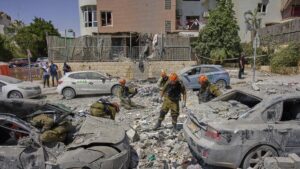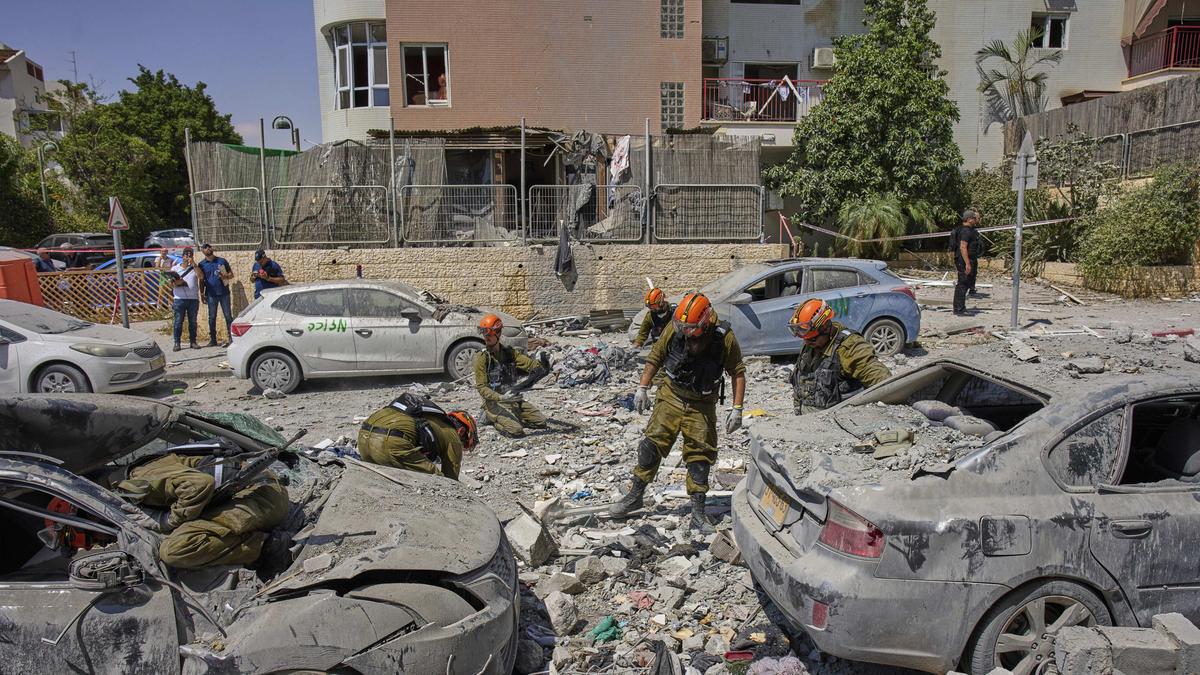The Middle East holds its breath as Israel and Iran stand on the brink of all-out war. A proposed ceasefire—announced by the U.S. but immediately rejected by Tehran—has thrust global diplomacy into overdrive. With civilian casualties mounting and regional stability at stake, this blog unpacks the fragile truce efforts, why they matter, and what comes next.

Why Ceasefires Define Modern Conflct
- Reduce civilian deaths by 74% during active enforcement (UN data).
- Enable critical aid delivery in war zones.
- Create windows for lasting peace talks.
The 2023 Sudan ceasefire and 2024 Ukraine grain deal prove their strategic value. Yet as the Israel-Iran crisis proves, success hinges on mutual trust—a commodity in short supply.
Timeline: How Israel-Iran Tensions Boiled Over
- June 15, 2025: Israel strikes Iranian nuclear facilities in Natanz, citing “imminent threat.”
- June 20: Iran retaliates with 300+ drones/missiles; 99% intercepted by U.S.-Israel coalition.
- June 23: U.S. President Trump announces ceasefire deal; Iran denies it within hours (BBC, NDTV).
- June 24: Hezbollah fires rockets from Lebanon, widening the conflict (CNN).
Inside the Ceasefire Proposal: What’s on the Table?
- 72-hour halt to aerial strikes.
- Prisoner exchange: 15 Israeli hostages for 30 Iranian detainees.
- Humanitarian corridors for Gaza and Southern Lebanon.
Yet Tehran’s rejection underscores a critical flaw: no direct talks. As former UN envoy Robert Malley notes: “Proxies won’t hold fire if principals won’t talk.”
The Human Cost: Why Every Minute Matters
- Civilian deaths: 347+ confirmed in Gaza, Israel, and Lebanon (Red Cross).
- Infrastructure collapse: 70% of Gaza’s hospitals non-operational; Israeli ports damaged.
- Displacement: 500,000+ refugees in Lebanon alone.
Dr. Amira Hassan, a Gaza surgeon, told Al Jazeera: “Ceasefires aren’t paperwork—they’re oxygen masks for the living.”
Who’s Shaping the Deal? Key Players Explained
| Player | Stance | Demand |
|---|---|---|
| U.S. | Mediator | “Permanent cessation of hostilities” (White House) |
| Iran | Rejecter | “End to Israeli aggression first” (Tehran Statement) |
| Qatar/Egypt | Brokers | Aid access + hostage negotiations |
| Russia | Wildcard | “Great Power” summit proposal |
3 Reasons This Ceasefire Could Fail
- Proxy Warfare: Hezbollah/Hamas attacks continue despite state-level talks.
- Domestic Politics: Netanyahu’s coalition rejects “weakness”; Iran’s elections loom.
- Mistrust: Decades of covert ops (e.g., Stuxnet cyberattacks) poison negotiations.
Path Forward: Realistic Steps to Peace
Image Prompt: Dawn over Jerusalem with dove silhouette. [Placeholder Image 8]
- Third-party verification: UN monitors on borders (example: 2020 Nagorno-Karabakh truce).
- Economic incentives: Sanction relief for Iran in exchange for nuclear compliance.
- People-first diplomacy: Grassroots peace groups like Women Wage Peace bridging divides.
As U.N. Secretary-General implores: “Silence the guns. Speak with words.
